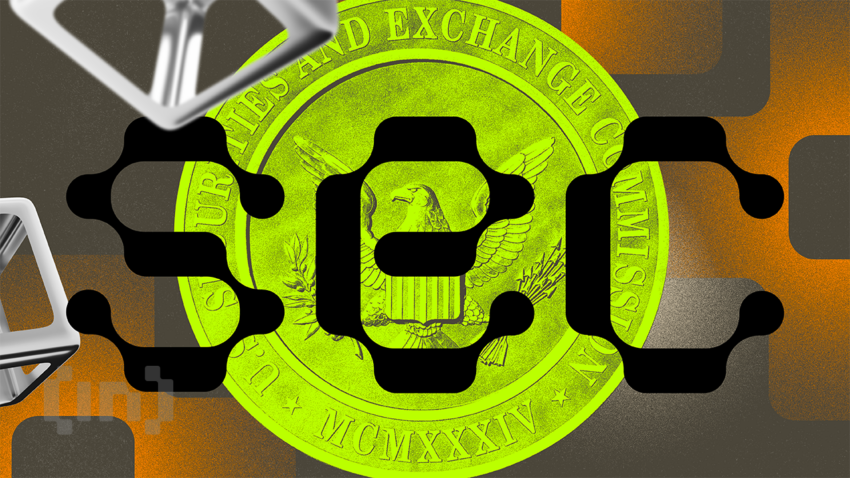Now Reading: Crypto Compliance 101: Understanding Blockchain Regulations in the United States
-
01
Crypto Compliance 101: Understanding Blockchain Regulations in the United States

Crypto Compliance 101: Understanding Blockchain Regulations in the United States
Keyword: Crypto Compliance
Introduction
This article, “Crypto Compliance 101: Understanding Blockchain Regulations in the United States,” serves as a comprehensive guide for industry participants, investors, and enthusiasts alike. The cryptocurrency landscape in the United States is a dynamic and rapidly evolving terrain, shaped by a delicate interplay of innovation and regulatory oversight. As digital assets gain widespread acceptance, understanding the intricate web of blockchain regulations becomes paramount.

Beginning with a historical perspective on the evolution of cryptocurrency regulations, it explores the pivotal role of the Securities and Exchange Commission (SEC) in token classification, delves into crucial aspects of Anti-Money Laundering (AML) and Know Your Customer (KYC) compliance, and navigates the complex patchwork of state regulations. From deciphering tax implications to addressing regulatory challenges and envisioning future trends, this article equips readers with essential insights to navigate the multifaceted landscape of crypto compliance in the United States.
1. The Evolution of Crypto Regulations

The journey of cryptocurrency regulations in the U.S. can be traced back to the early days of Bitcoin. Initially viewed with scepticism, regulators recognized the need for a structured approach to mitigating risks associated with digital assets. The evolution of cryptocurrency regulations reflects a delicate balance between fostering innovation and safeguarding investors.
2. SEC Regulations and Token Classification

The Securities and Exchange Commission (SEC) plays a pivotal role in shaping cryptocurrency compliance. Understanding how the SEC classifies tokens is fundamental for market participants. Tokens can be classified as securities, commodities, or currencies, each subject to different regulatory frameworks. This section explores the criteria for token classification and the implications for businesses.
3. AML and KYC Compliance

Anti-Money Laundering (AML) and Know Your Customer (KYC) regulations are cornerstones of financial compliance. In the cryptocurrency sphere, AML and KYC requirements are gaining prominence as regulators aim to curb illicit activities. This segment delves into the specifics of AML and KYC compliance, outlining the steps businesses must take to adhere to these regulations.
4. State Regulations: Navigating the Patchwork

Cryptocurrency regulations in the U.S. are not uniform across states, creating a regulatory patchwork. Navigating this landscape can be challenging for businesses operating on a national scale. We explore the differences in state regulations, highlighting key states with unique cryptocurrency compliance frameworks.
5. Tax Implications of Crypto Transactions

As the popularity of cryptocurrencies grows, so does the need for clarity on tax implications. The Internal Revenue Service (IRS) has provided guidelines on how cryptocurrencies should be taxed. This section breaks down the tax treatment of cryptocurrency transactions, including capital gains, losses, and reporting obligations.
6. Regulatory Challenges and Industry Response

The crypto industry is not without its challenges, and regulatory uncertainties are among the most significant. This section discusses the ongoing challenges faced by the industry, from regulatory ambiguities to enforcement issues. It also explores how the crypto industry is responding to these challenges, including self-regulatory initiatives.
7. Future Trends in Crypto Compliance

The regulatory landscape is dynamic, and anticipating future trends is crucial for businesses in the crypto space. This section provides insights into potential regulatory developments, including the prospects of a comprehensive federal framework and international cooperation in cryptocurrency regulations.
8. Best Practices for Crypto Compliance

In a rapidly evolving regulatory environment, businesses must adopt best practices to ensure compliance. This section offers practical advice on establishing robust Crypto Compliance programs, engaging with regulators, and staying abreast of regulatory changes.
Conclusion
Navigating the intricate web of Crypto Compliance in the United States requires a deep understanding of evolving regulations. From SEC classifications to state-specific nuances, businesses must be proactive in adhering to legal frameworks. This article serves as a comprehensive guide, equipping stakeholders with the knowledge needed to navigate the complex terrain of Crypto Compliance in the U.S.
Also Read: Technology’s Impact on the US: Inventing Tomorrow












